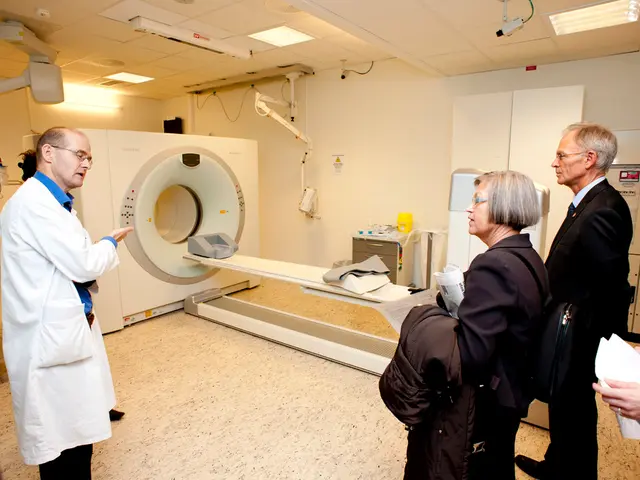Weighing Opt-In vs. Opt-Out: Organ Donation Systems Compared
Organ donation: Should it be based on individual consent or presumed consent?
Choosing between opt-in and opt-out organ donation systems significantly impacts the number of kidneys donated and overall organ transplants. Here's a side-by-side analysis of the pros and cons of both systems, as well as what policy changes may4 best serve increasing donor rates.
Opt-In System
- Function: In opt-in donation systems, individuals actively consent to organ donation, typically through registering on a donor list or carrying a donor card.
- Positives:
- Self-determination: People decide what happens to their bodies posthumously, respecting individual autonomy.
- Legal and Ethical Alignment: The approach aligns with laws and ethical principles prioritizing informed consent.
- Negatives:
- Smaller Donor Base: The donor pool often remains smaller compared to opt-out systems.
- Risk of Oversight: Some individuals may not register due to a lack of awareness or delay in action.
Opt-Out System
- Function: In an opt-out system, donation is presumed unless individuals explicitly choose to opt-out.
- Advantages:
- Expanded Donor Base: More individuals contribute to the pool of available organs since most opt-out.
- Increased Transplants: The larger donor base can lead to more lifesaving transplants.
- Disadvantages:
- Violation of Autonomy: Some individuals may object to donating but fail to opt-out, conflicting with personal or religious beliefs.
- Potential Distortions in Care: There's a hypothetical risk that some medical professionals might prioritize organ procurement over patient care.
Comparison of Donor Numbers
- Performance: Opt-out systems generally lead to more kidneys donated and higher overall organ transplants than opt-in systems. This is due to the automatic inclusion of potential donors who do not opt-out, increasing the available organ pool.
- Examples: Countries like Spain and Belgium, relying on opt-out systems, boast higher organ donation rates than countries like the United States that employ opt-in donation methods.
Implications for Policy
- Adaptability: Many countries combine elements from both systems to balance consent with increased donations.
- Public Education: Educating the public about organ donation and each system's implications empowers individuals whilemaximizing donor numbers.
- International Diversity: Policies differ globally, reflecting cultural, legal, and ethical contexts. Some countries, such as Israel, have applied innovative strategies, such as "non-directed altruistic donation," where unrelated individuals donate organs to those in need without receiving anything in return.
In conclusion, opt-out systems tend to yield higher donation rates, but they may raise ethical concerns about individual autonomy. Opt-in systems prioritize consent but may result in fewer donations. The choice between these systems depends on societal values, legal frameworks, and public health priorities.
- The contextual differences in organ donation systems, such as opt-in versus opt-out, significantly influence the number of transplants, with opt-out systems leading to more kidneys donated and higher overall transplants due to a larger donor pool.
- In an opt-in system, individuals actively decide whether to donate organs posthumously, promoting self-determination and legal and ethical alignment, but there is a potential risk of oversight due to a smaller donor base.
- In contrast, an opt-out system presumes donation unless individuals explicitly opt-out, resulting in a larger donor base and increased transplants, but it may conflict with individual autonomy, especially if there's a lack of awareness or delay in opting-out.
- Policy changes aimed at increasing donor rates may include international best practices, like balancing consent with increased donations, public education about organ donation and each system's implications, and innovative strategies such as "non-directed altruistic donation" in countries like Israel.
- The debate surrounding policy and legislation regarding organ donation often intersects with general news, health-and-wellness, medical-conditions, politics, and science due to its impact on healthcare and ethical considerations towards life-saving transplants.







